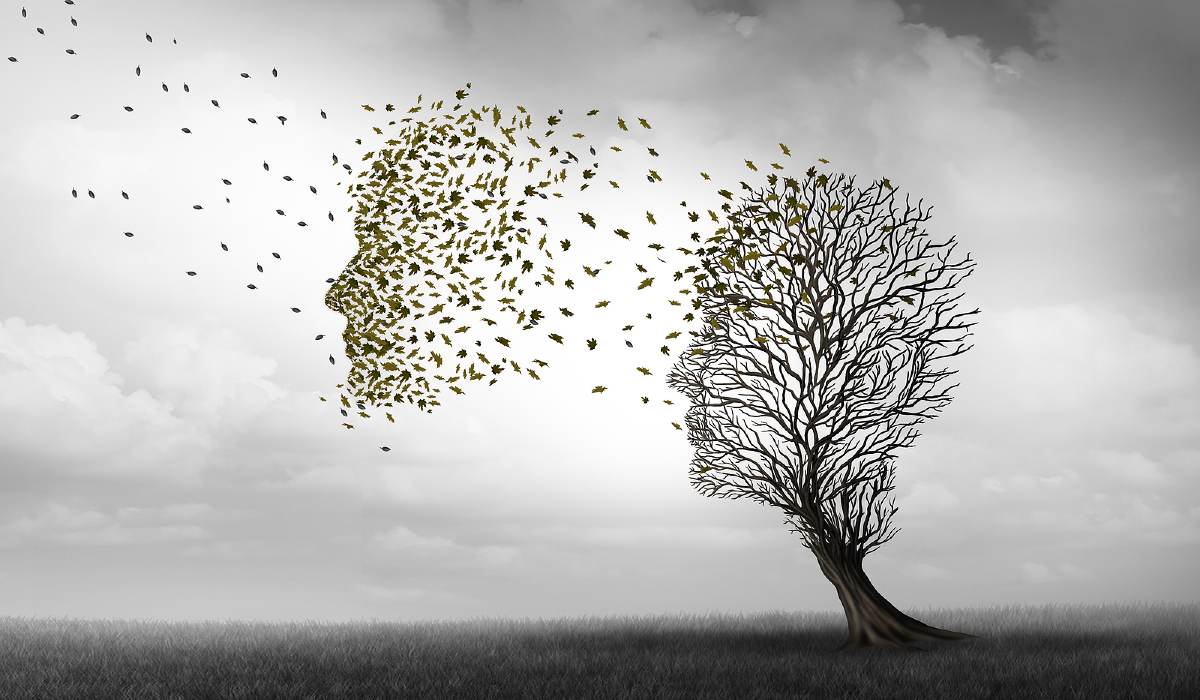
Ultrasound used to jump-start brains of patients with severe brain injuries
Low-intensity focused ultrasound excites neurons in the thalamus
In 2016, a team led by UCLA's Martin Monti reported that a 25-year-old man recovering from a coma had made remarkable progress following a treatment to jump-start his brain using ultrasound.
Now, Monti and colleagues report in the journal Brain Stimulation that two more patients with severe brain injuries — both had been in what scientists call a long-term “minimally conscious state” — have made impressive progress thanks to the same technique.
“I consider this new result much more significant because these chronic patients were much less likely to recover spontaneously than the acute patient we treated in 2016 — and any recovery typically occurs slowly over several months and more typically years, not over days and weeks, as we show,” said Monti, a UCLA professor of professor of psychology and neurosurgery and co-senior author of the new paper. “It's very unlikely that our findings are simply due to spontaneous recovery.”
The paper notes that, of three people who received the treatment, one did not benefit. However, the other two did.
The first is a 56-year-old man who had suffered a stroke and had been in a minimally conscious state, unable to communicate, for more than 14 months. After the first of two treatments, he demonstrated, for the first time, the ability to consistently respond to two distinct commands — the ability to drop or grasp a ball, and the ability to look toward separate photographs of two of his relatives when their names were mentioned.
He also could nod or shake his head to indicate “yes” or “no” when asked questions such as “Is X your name?” and “Is Y your wife's name?”
In the days following the second treatment, he also demonstrated, for the first time since the stroke, the ability to use a pen on paper and to raise a bottle to his mouth, as well as to communicate and answer questions.
The other patient who improved is a 50-year-old woman who had been in even less of a conscious state for more than two-and-a-half years following cardiac arrest. In the days after the first treatment, she was able, for the first time in years, according to her family, to recognize a pencil, a comb and other objects.
Both patients showed the ability to understand speech.
“What is remarkable is that both exhibited meaningful responses within just a few days of the intervention,” Monti said. “This is what we hoped for, but it is stunning to see it with your own eyes. Seeing two of our three patients who had been in a chronic condition improve very significantly within days of the treatment is an extremely promising result.”
The scientists used a technique called low-intensity focused ultrasound, which uses sonic stimulation to excite the neurons in the thalamus, an egg-shaped structure that serves as the brain's central hub for processing. After a coma, thalamus function is typically weakened, Monti said.
Doctors used a device about the size of a saucer to create a small sphere of acoustic energy they can aim at different brain regions to excite brain tissue. The researchers placed the device by the side of each patient's head and activated it 10 times for 30 seconds each in a 10-minute period. Each patient underwent two sessions, one week apart.
Monti hopes to eventually translate the technology into an inexpensive, portable device so the treatment could even be delivered at patients' homes. While the scientists are excited by the results, they emphasize that the technique is still experimental and likely will not be available to the public for at least a few years.
For now, there is little that can be done to help patients recover from a severe brain injury that results in either a chronic vegetative state or a minimally conscious state, Monti said.
Thanks to UCLA Newsroom.
Michael Cook is editor of BioEdge
Creative commons
https://www.bioedge.org/images/2008images/brain_3435475678.jpg
brain injuries
- How long can you put off seeing the doctor because of lockdowns? - December 3, 2021
- House of Lords debates assisted suicide—again - October 28, 2021
- Spanish government tries to restrict conscientious objection - October 28, 2021
